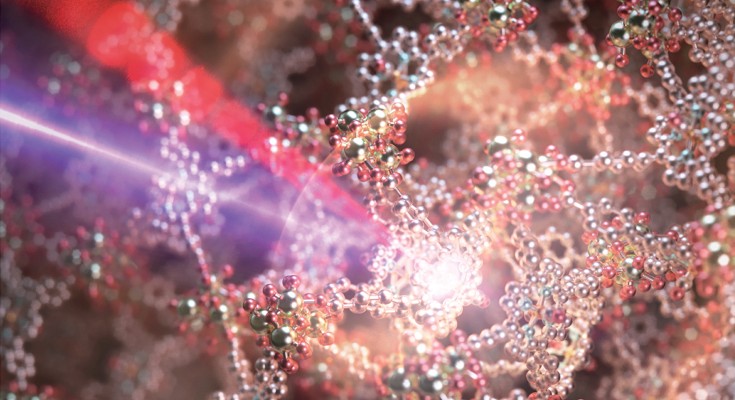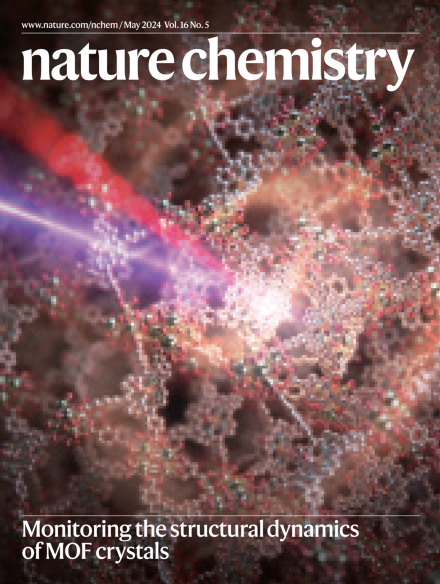
Read our May issue
This month, a Thesis on the chemistry of Jupiter's moons, the usual mix of Articles and News and Views, and an In Your Element on the manufacturing of adipic acid.

This month, a Thesis on the chemistry of Jupiter's moons, the usual mix of Articles and News and Views, and an In Your Element on the manufacturing of adipic acid.


Liquid droplets form in cells to concentrate specific biomolecules (while excluding others) in order to perform specific functions. The molecular mechanisms that determine whether different macromolecules undergo co-partitioning or exclusion has so far remained elusive. Now, two studies uncover key principles underlying this selectivity.